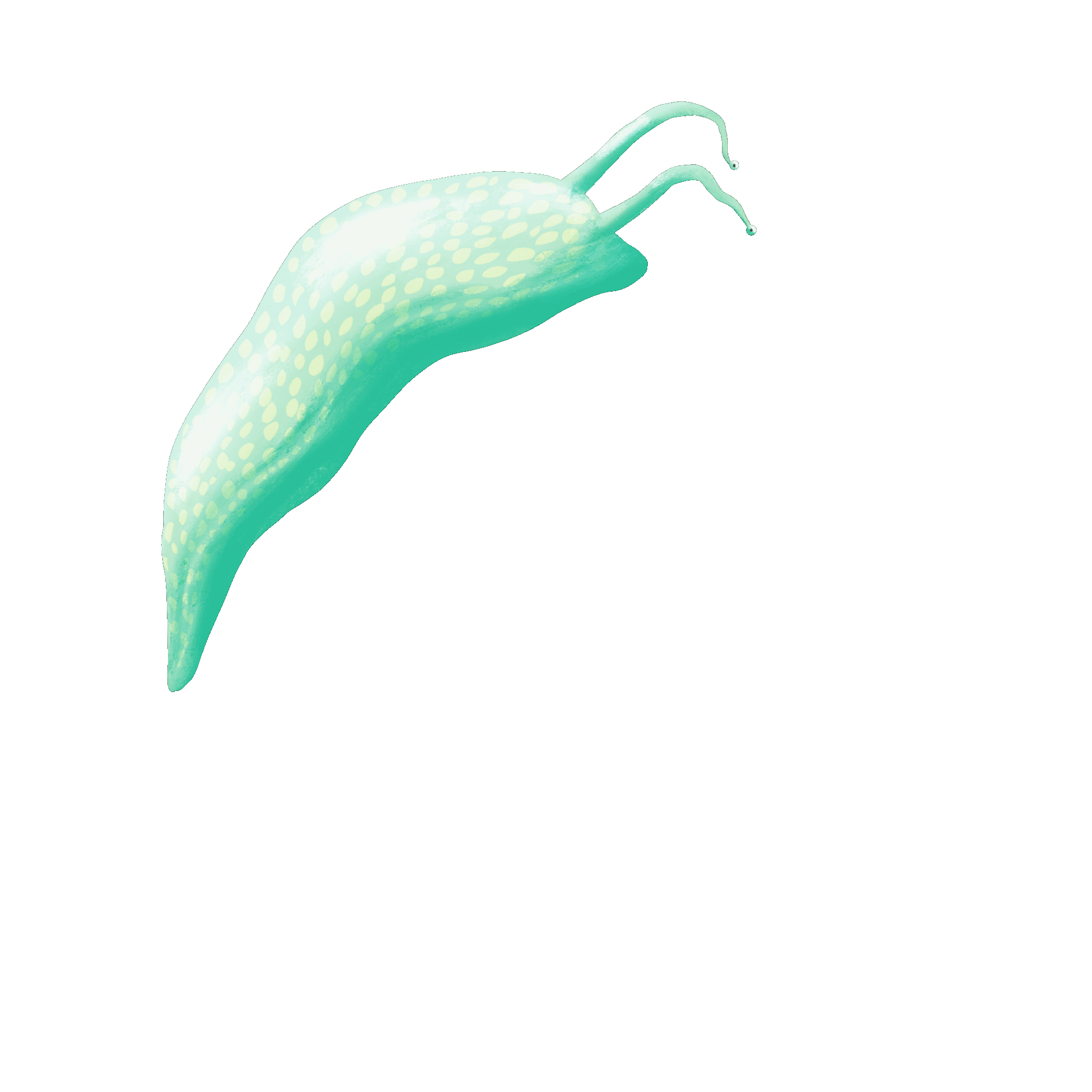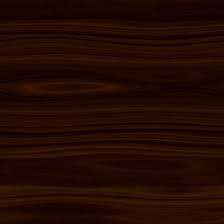8: Research & Design
- Eilidh Nicoll

- Nov 15, 2018
- 2 min read
Updated: Dec 12, 2018
Following my initial ideas, I began to look further into the Zoetrope - which I'm interested in as a pioneering form of animation; its simplistic design paving the way for other techniques.
A successor to the Zoetrope is the Praxinoscope - which was invented in 1877 by Charles-Émile Reynaud. Like the Zoetrope; it features a sequence of images placed around the inside circumference of a spinning cylinder, but offers an improvement on the Zoetrope by replacing its narrow viewing slits with an inner circle of mirrors, placed so that the reflections of the pictures appeared more or less stationary in position as the wheel turned. Someone looking in the mirrors would therefore see a rapid succession of images producing the illusion of motion, with a brighter and less distorted picture than the zoetrope offered
The Praxinoscope is a device I hadn't heard of before (at least in name), I find it an interesting - and not very obvious - technological development which improves the viewing experience and can facilitate the projection of moving image. The device has several interesting iterations, providing a freedom of design and decoration - and, importantly; animation. I've chosen to model a Praxinoscope. The model itself could have potential to be used as a prop in a film or just animated by itself.
I looked at a variety of images to give me an idea of what I'd need to construct, then did some sketches before beginning to model in 3Ds Max.

Being a Praxinoscope; I needed an image sequence. So, being a fan (and very appreciative) of Eadweard Muybridge, I've taken one of his pioneering image sequences - 'leaping man,' and turned it into a simple 2D digital animation in Photoshop; the frames of which I've applied a filter to. I'll apply this texture to the inside of the drum.


I've picked out these textures and edited them in Photoshop as illustrated below:








































Comments